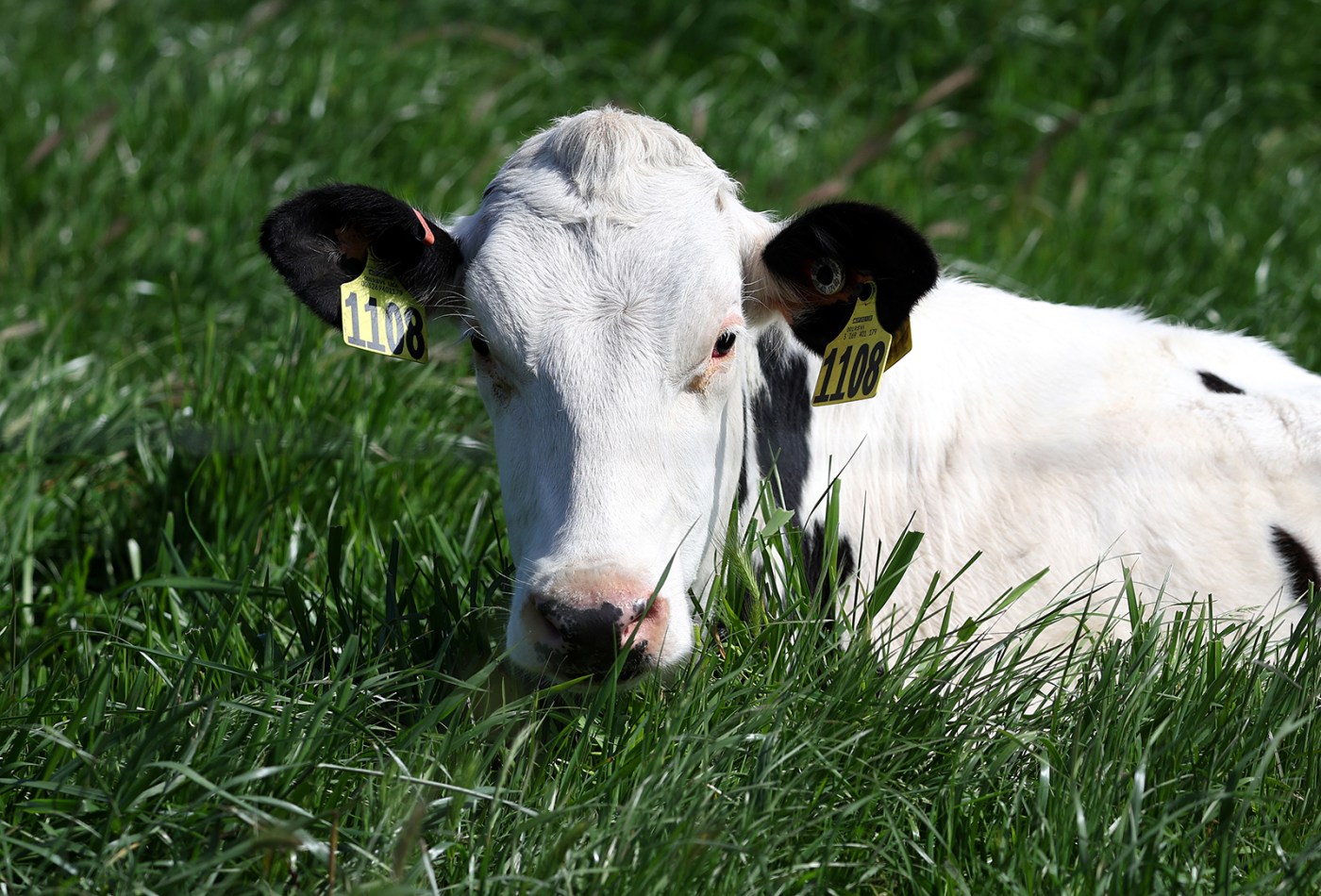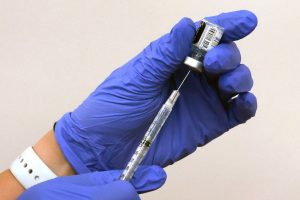A form of avian influenza that is highly fatal in birds has been confirmed in California dairy cattle, the state’s Department of Food and Agriculture announced on Friday afternoon.
No human cases have been confirmed and the virus, an influenza subtype known as H5N1, is not considered a significant public health threat, according to state health officials. At this stage, there is no concern about the safety of the commercial milk or food supply, they said.
But doctors are monitoring the farm workers who may be exposed to infected animals to ensure quick isolation and care, if they sicken, said the California Department of Public Health. Officials said they would provide official confirmation of any human cases associated with this outbreak.
It is the first time that cows infected with the virus have been identified in the state. California is the 14th state in the nation to report H5N1 infection in dairy cows.
The animals, located in the Central Valley, showed signs of illness on Sunday, reported CDFA. Test results were confirmed on Friday by the nation’s testing lab. The herds have been quarantined.
“We have been preparing for this possibility since earlier this year when…detections were confirmed at dairy farms in other states,” said CDFA Secretary Karen Ross. “Our extensive experience in poultry has given us ample preparation and expertise to address this incident, with workers’ health and public health as our top priorities.”
Other states have reported four human cases in dairy workers since April 2024: one each in Texas and Colorado, and two in Michigan. All people recovered and so far none has spread the virus to other people
Until recently, California’s dairy farms seemed to have been spared from the crisis. The state’s 1.7 million dairy cows supply about 20% of the nation’s milk.
“This is a tough time for our dairy farmers given the economic challenges they’re facing in a dynamic market,” said Ross, “so I want to assure them that we are approaching this incident with the utmost urgency.”
Experts say it is crucial to gain more information about how the people were infected, and whether the virus has evolved to infect people more readily.
There is no state or federal requirement to routinely sample cows or milk. Clinical signs of flu occur in only a fraction of cases, so some experts fear that the virus may be hiding in untested animals.
State health officials recommend that personal protective equipment (PPE) – masks, gloves, caps, face shields, and safety goggles – be worn by farm workers and emergency responders when working with animals or potentially infected materials.
“I’ve been worried about this for months,” tweeted Krutika Kuppalli, medical officer for COVID-19 Health Operations at the World Health Organization. “This is why we need enhanced surveillance and transparency of testing protocols.”
Over the past three years, the deadly and highly contagious virus has circled the globe, taking a staggering toll on birds in more than 80 nations.
After emerging in 2020, the virus triggered major outbreaks in Europe, Africa and Asia. It arrived in the U.S. in January 2022 and stormed through the nation’s largest concentrations of poultry farms in the East and Midwest, pushing up egg prices.
The virus has become so widespread in wild birds that it has repeatedly spread to mammals, especially species, such as foxes, that feed on infected birds.
Signs of H5N1 bird flu virus have been detected in wastewater sites in San Francisco, Palo Alto and the West County Wastewater facility in Richmond, among other sites.
But it is thought to have originated from wild bird waste in the sewer system that collects and treats both wastewater and stormwater.
Related Articles
With only gloves to protect them, farmworkers say they tend sick cows amid bird flu
The CDC’s test for bird flu works, but it has issues
Finland is offering farmworkers bird flu shots. Some experts say the US should, too
Opinion: The corporate greed behind regular waves of bird flu
As bird flu spreads on dairy farms, an ‘abysmal’ few workers are tested
The virus has already been found in wild birds and domestic poultry in the state. Last winter, it barreled through Sonoma County’s historic poultry region, forcing the slaughter of 1.1 million birds
The source of the new cattle infections is not known. The federal government requires that lactating dairy cattle must be tested for the virus before they can be moved across state lines.
“The main reservoir of the virus are waterfowl — the ducks and geese that like the really rich habitat that California supplies,” said veterinarian Maurice Pitesky of the UC Davis School of Veterinary Medicine, who studies the spread of avian diseases.
For the most up-to-date information regarding avian influenza in livestock in California, go to the Department of Food and Agriculture’s website at https://www.cdfa.ca.gov/AHFSS/Animal_Health/HPAI.html?utm_medium=email&utm_source=govdelivery.












